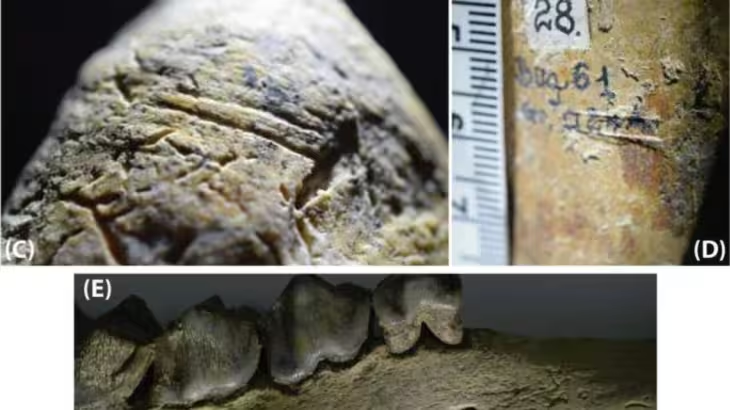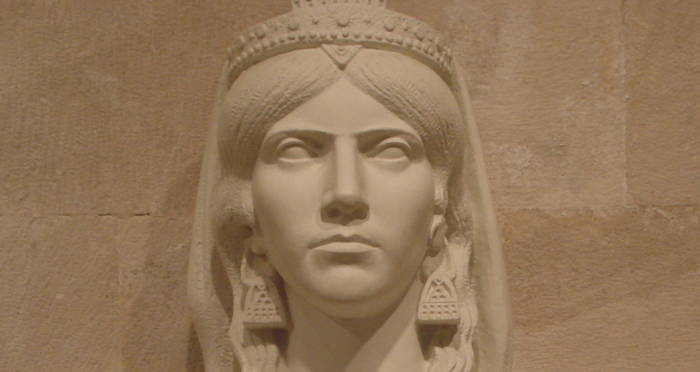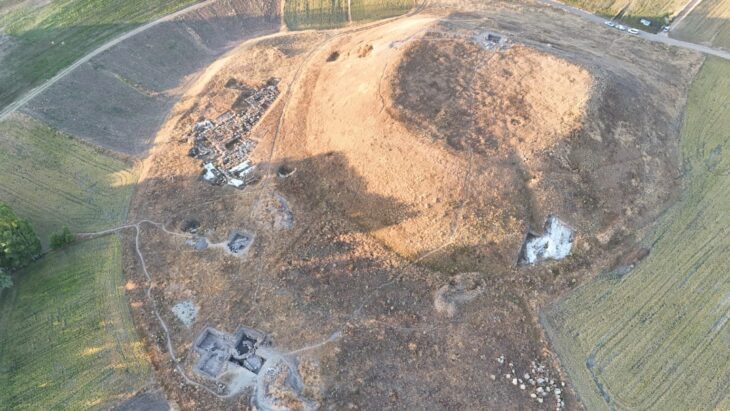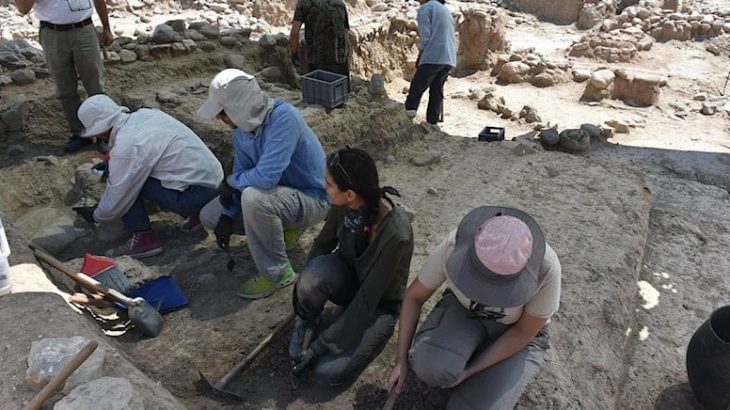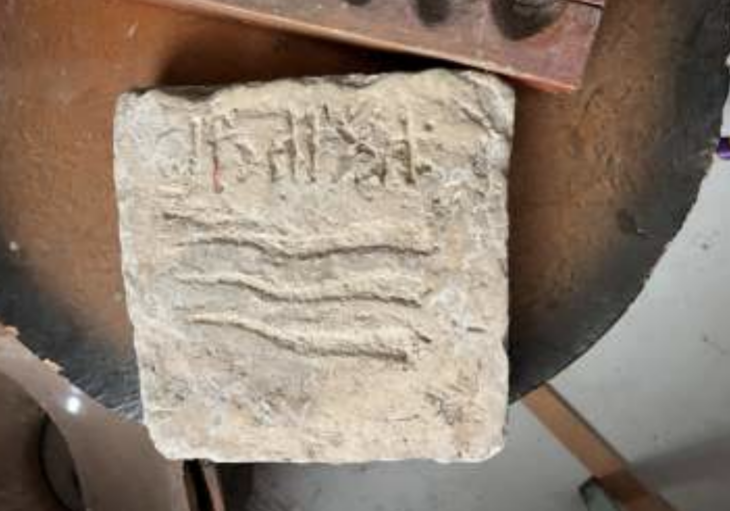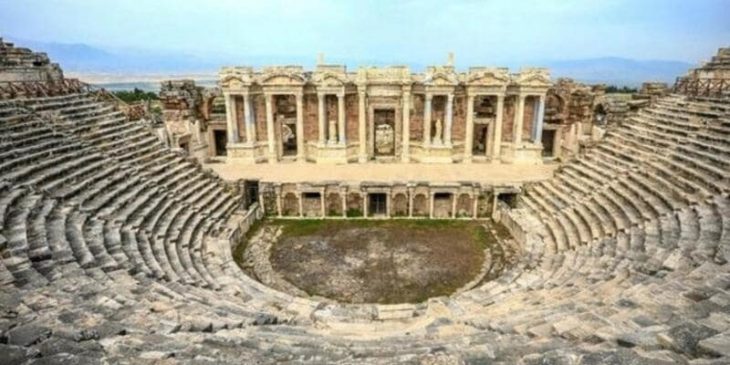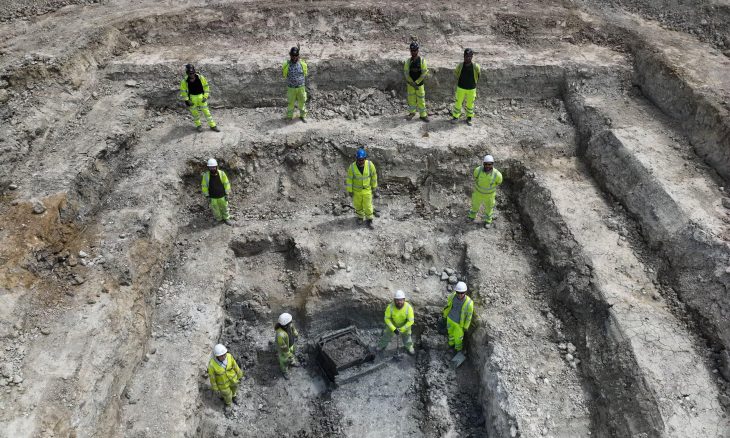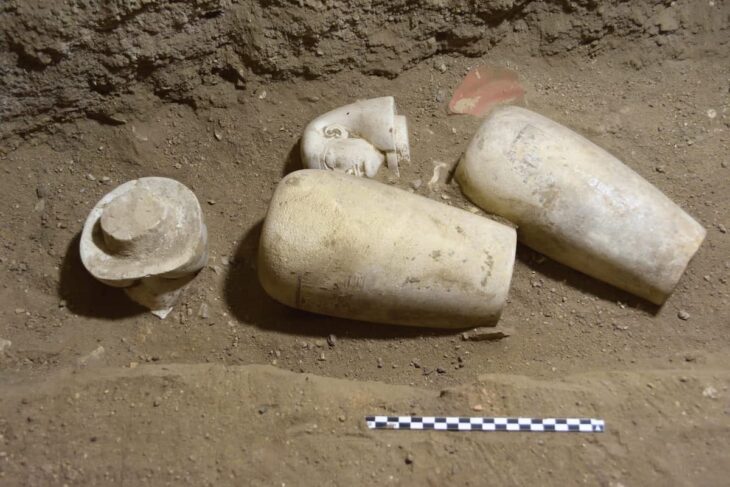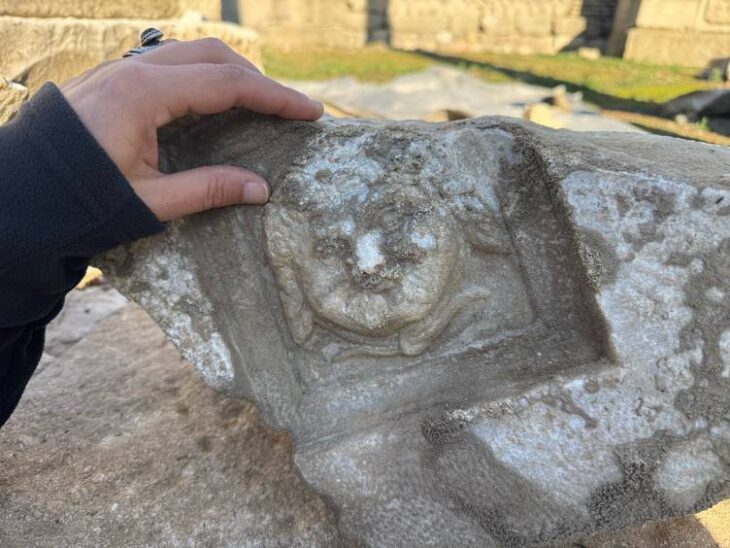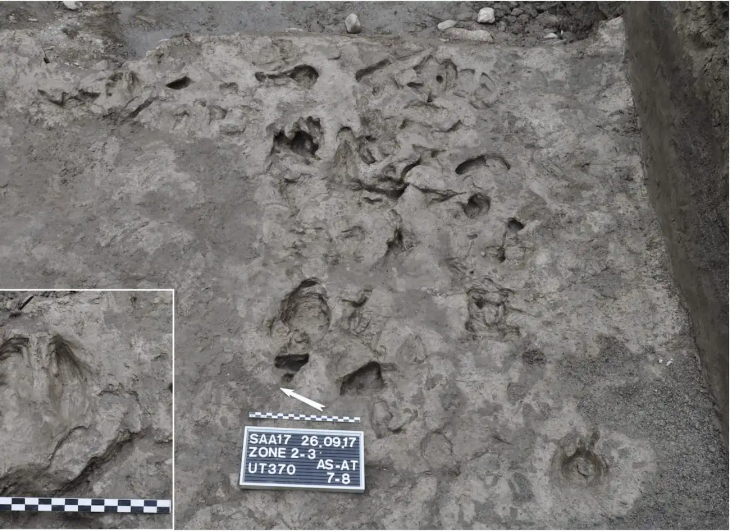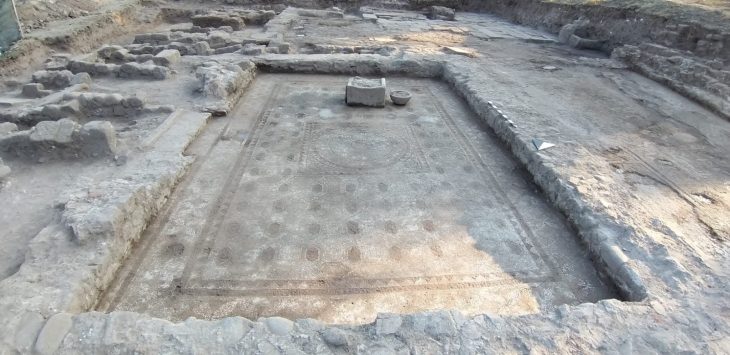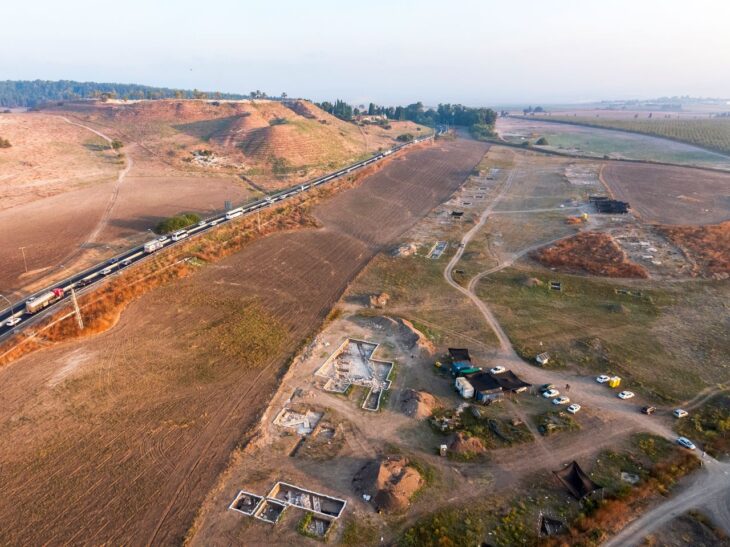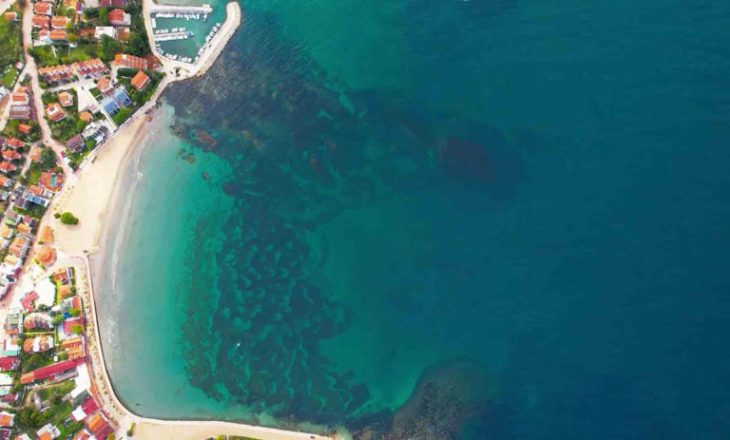The Derveni papyrus is considered Europe’s oldest legible manuscript still in existence today. It is an ancient Greek papyrus roll from the reign of Philip II of Macedon, most likely between 340 and 320 B.C.
The Derveni Papyrus was inscribed on the Memory of the World International Register as the oldest ‘book’ of Europe, following the decision by the International Advisory Committee of UNESCO’s Memory of the World Programme.
The discovery provides new information about ancient philosophy prior to Socrates and has been hailed as “the most significant new piece of evidence about Greek philosophy and religion to come to light since the Renaissance.”
The history of the text’s discovery and decoding, known as the “Most Ancient Book in Europe,” is almost as interesting as the information it contains. The papyrus was badly charred when it was discovered by chance in Derveni (near Thessalonika), Greece in 1962. It wasn’t until 2006 that the text was decoded, and the allegorical commentary and ancient religious teachings it contained were revealed, raising more questions and sparking controversy.
It was found in 1962 during construction projects close to Derveni, about 10 kilometers from Thessaloniki, and close to a tiny ancient settlement called Lete. The so-called “Derveni tombs,” all but one of which had not been looted, were discovered during the excavations. The carbonized roll was discovered on the slabs that covered Derveni Tomb A, along with other remains from the deceased’s cremation.
📣 Our WhatsApp channel is now LIVE! Stay up-to-date with the latest news and updates, just click here to follow us on WhatsApp and never miss a thing!!
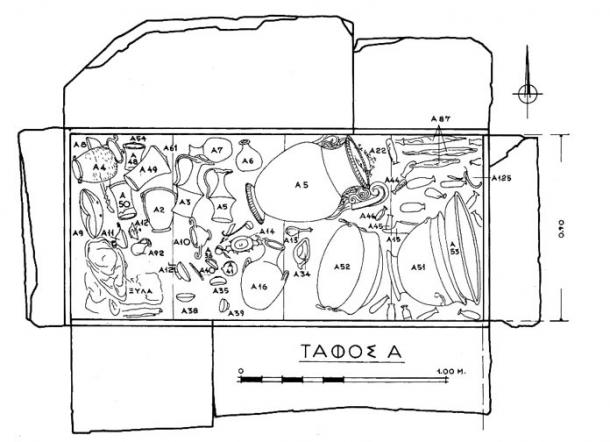
( Themelis and Touratsoglou )
The Derveni Papyrus has been dated between 350 and 320 BC. However, the text contained within could date back to the 5th century BC. The document’s author is unknown, though some scholars suggest Euthyphron of Prospalta, Diagoras of Melos, and Stesimbrotus of Thasos as possible candidates.
Work is a philosophical treatise on the nature of the gods, cosmogony, the theory of the soul, and the nature of religious rituals. According to UNESCO, the text is of global significance, in that it reflects universal human values, such as the need to explain the world, the desire to belong to a human society with known rules, and the agony to confront the end of life.
“The Derveni Papyrus is of immense importance not only for the study of Greek religion and philosophy, which is the basis for western philosophical thought but also because it serves as proof of the early dating of the Orphic poems offering a distinctive version of pre-Socratic philosophers,” UNESCO says about the papyrus.
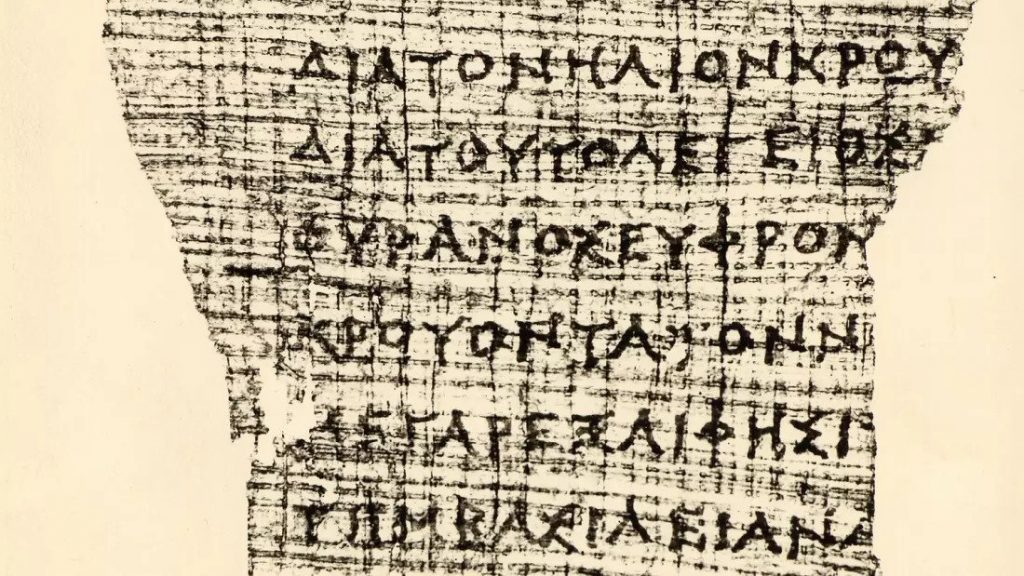
According to UNESCO, the Derveni Papyrus, the first book of western tradition is globally influential and reflective of universal human values, which include but are not limited to the need for an explanation of the universe and life in general, the desire for belonging to a community and coming to terms with death.
The Derveni Papyrus now has a total of 26 columns after four more columns were deciphered thanks to technology.
The text is described as follows by the Center for Hellenistic Studies at Harvard University:
“The eschatological teaching of a mantis; the content is divided between religious instructions on sacrifices to gods and souls and allegorical commentary on a theological poem ascribed to Orpheus. The author’s outlook is philosophical, displaying, in particular, a physical system close to those of Anaxagoras, the Atomists, and Diogenes of Apollonia. His allegorical method of interpretation is especially interesting, frequently reminiscent of Socrates’ playful mental and etymological acrobatics as seen in Plato’s Cratylus.”


